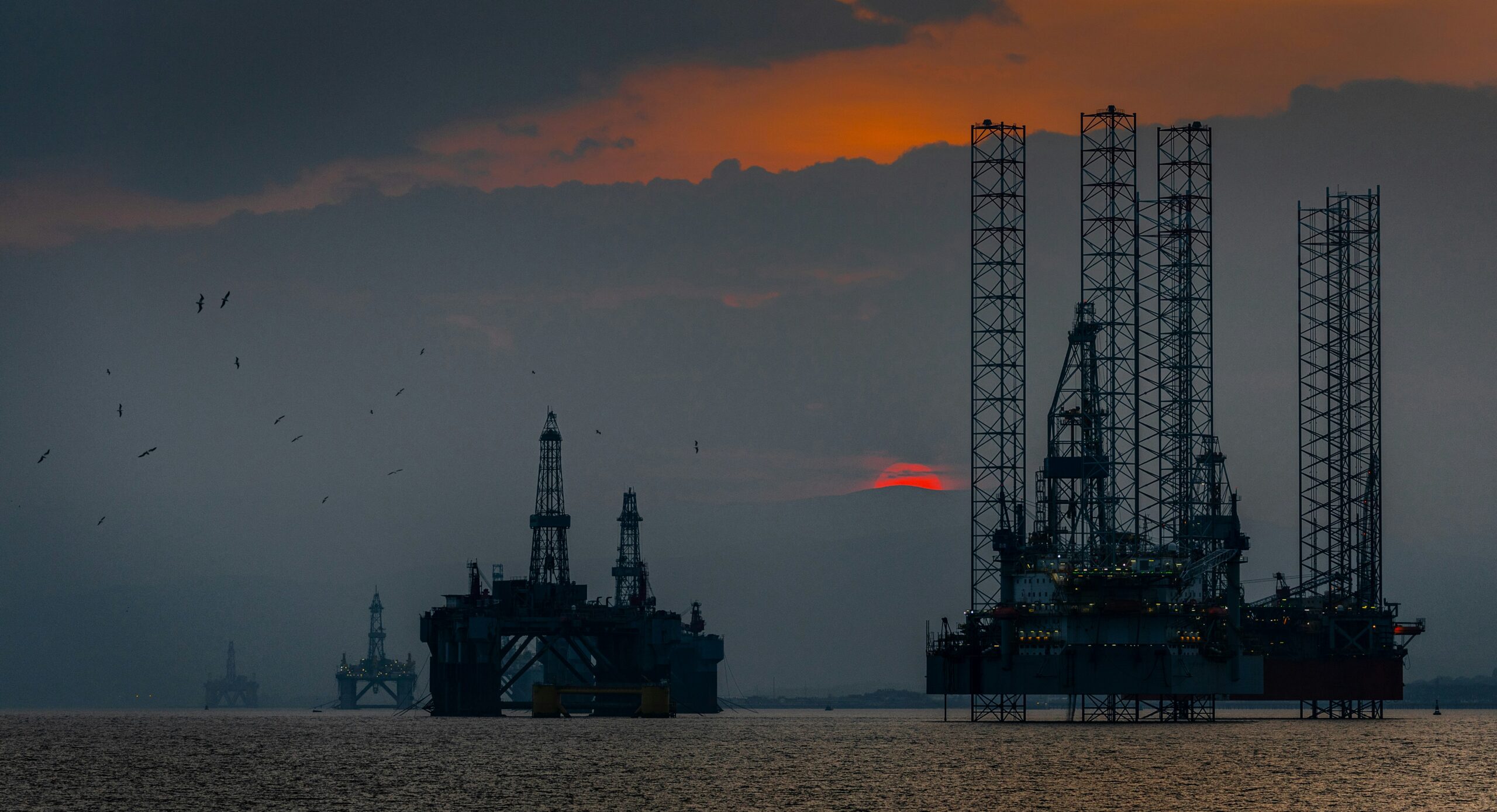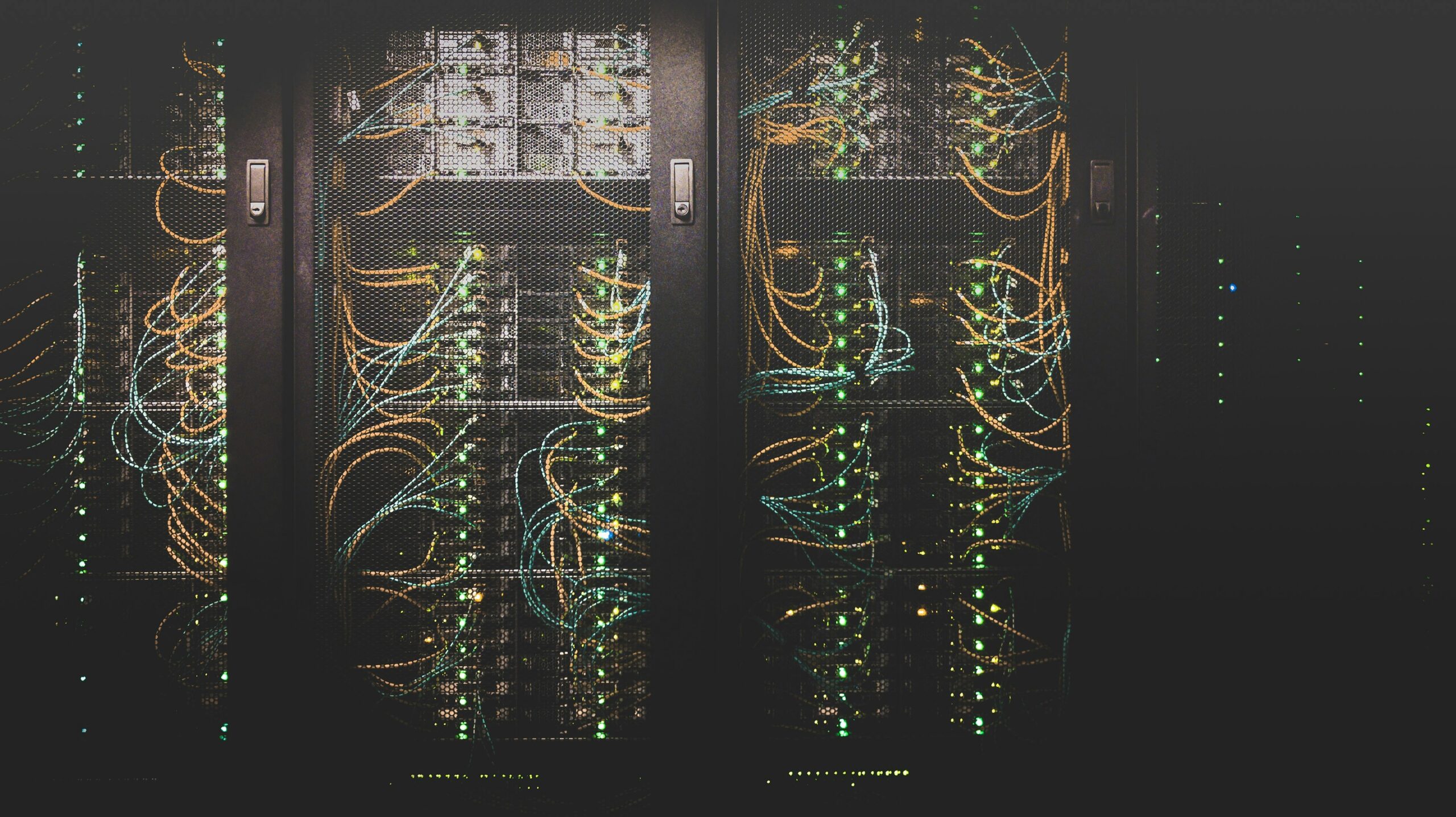 In June 2022, the White House called an emergency meeting with the nation's top oil executives...
In June 2022, the White House called an emergency meeting with the nation's top oil executives...
CEOs from Chevron (CVX), BP (BP), and Phillips 66 (PSX) sat down with then-U.S. Energy Secretary Jennifer Granholm to address the global oil crisis.
Before invading Ukraine in February 2022, Russia supplied 13% of the world's oil. European Union sanctions shaved off 3% of that supply... and sent crude above $100 per barrel.
The Biden administration pushed domestic producers to drill more. But that didn't solve the real bottleneck – the limited capacity of existing refineries.
In 1982, the U.S. had 301 usable oil refineries. Today, there are just 131.
Environmental regulations, project costs, and shifting energy policy make it nearly impossible to break ground on new sites.
So the existing infrastructure is all we've got... for now. Today, we'll explain why this isn't stopping refineries from minting money... and why the oil bottleneck is actually good for investors.
 Refineries are massive, fixed assets that take years to plan and build...
Refineries are massive, fixed assets that take years to plan and build...
And they're usually running near full tilt...
When oil executives met with Granholm, U.S. refineries had a utilization rate of about 91%. They were processing 18 million barrels of petroleum a day – the highest amount in the global market.
The refineries of today have a 95% utilization rate, which means they're nearly maxed out.
Even if a new project broke ground tomorrow, it would take about a decade – and around $10 billion – to bring the facility online. It would take another decade to earn back the investment.
Few companies are willing to fork over that kind of money.
With no new market entrants and a steady demand for fuel, refineries benefit from a lack of competition. And high utilization rates ensure healthy margins.
 Cash-rich balance sheets benefit investors and existing infrastructure...
Cash-rich balance sheets benefit investors and existing infrastructure...
U.S. refineries don't want to spend billions of dollars on new capacity... They just need to make sure existing facilities keep running.
And a lot of the excess cash is going to shareholders. Special dividends, regular payouts, and share buybacks have become standard...
For example, Valero Energy (VLO) pays out a solid 3.3% dividend. And ExxonMobil (XOM) has bought back at least $14 billion of its own stock in each of the past five years.
Some operators are using their windfall to modernize refineries and improve efficiency. PBF Energy, for one, is actively working to cut emissions at major refineries.
Others are prioritizing domestic light crude (instead of the heavier imported version) to speed up processing.
These approaches keep regulators at bay while also controlling costs.
 U.S. oil refineries are laser-focused on rewarding shareholders...
U.S. oil refineries are laser-focused on rewarding shareholders...
Demand for energy continues to rise globally. And the infrastructure needed to replenish that supply is limited.
Some refineries are working to improve facilities, but new refineries are effectively off the table.
Ultimately, these assets benefit from high barriers to entry, strong pricing power, and minimal competition.
That means refineries spend the bare minimum to keep the lights on... and send the remaining cash right back to investors.
Their high margins and free cash flow should keep filling shareholders' pockets for years to come.
Regards,
Joel Litman
August 18, 2025



 In June 2022, the White House called an emergency meeting with the nation's top oil executives...
In June 2022, the White House called an emergency meeting with the nation's top oil executives...

